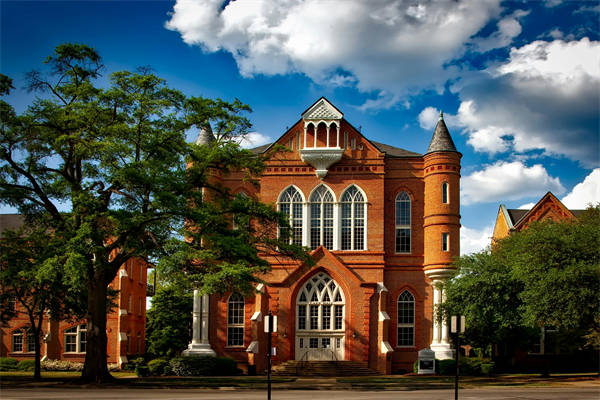Understanding Common English Phrases Around "Around"

In the English language, the preposition "around" is widely used to express various concepts, from location to time. This article delves into some common questions about the usage of "around" in different contexts, providing clear and informative answers to enhance your language proficiency.
What does "around" mean in terms of location?
"Around" is commonly used to describe a position or area surrounding something. For instance, "The park is around the corner" indicates that the park is situated close by, on the opposite side of a corner. Similarly, "She lives around the city center" implies that her residence is in the vicinity of the central area of the city. This usage is often seen in directions and descriptions of places.
How is "around" used to indicate time?
When "around" is used to describe time, it refers to a period that includes a specific time but is not limited to it. For example, "I'll be back around 6 PM" means that the person will return between 6 PM and a little later. Similarly, "The meeting is scheduled around 10 AM" suggests that the meeting is expected to start between 10 AM and 10:30 AM. This usage is particularly useful when the exact time is not known or is not important.
Can "around" be used to express approximation in numbers?
Yes, "around" can also be used to express approximation in numbers. For instance, "The population of the city is around 500,000" means that the population is approximately 500,000, without specifying the exact number. This usage is common in statistics, estimates, and everyday conversation.
Is "around" always used as a preposition?
While "around" is primarily used as a preposition, it can also function as an adverb in certain contexts. For example, "He runs around the block every morning" uses "around" as an adverb to describe the action of running. However, this usage is less common than its prepositional form.

.png)
.png)
.png)
